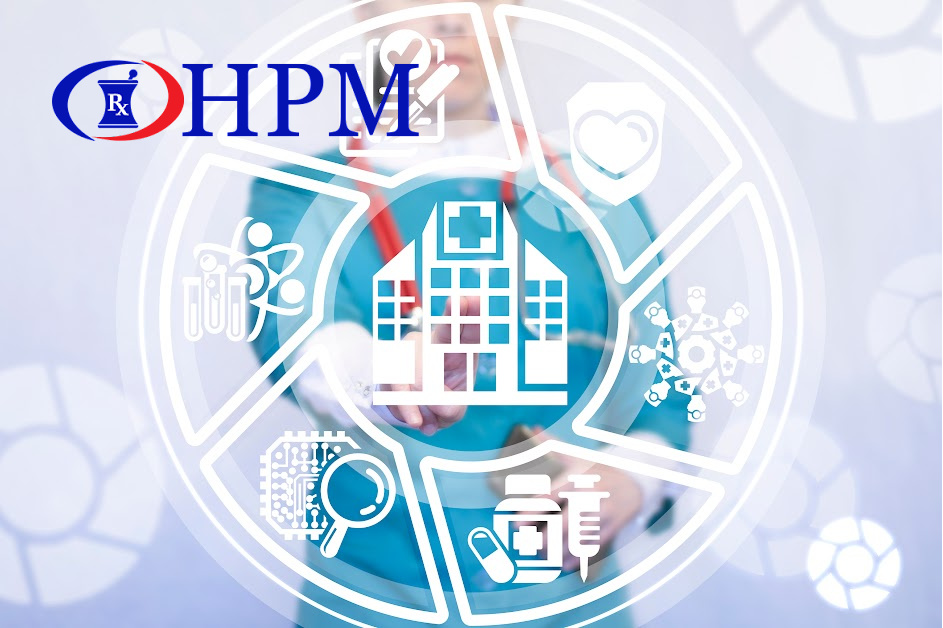By now, we are all aware of how COVID-19 has changed the way human interaction takes place. Working from home, or anywhere you have internet, has become the norm. Ordering your groceries online and having them brought to your car seems more convenient than ever before. Along with these more common shifts that we accept as “the new normal,” a lot has changed regarding telehealth services, and understanding how hospital telepharmacy differs from retail telepharmacy amidst the COVID-19 pandemic is critical in getting the best medical care available.
While telehealth was still a newer concept 2 years ago, COVID has created a necessity for telehealthcare and telepharmacy services. While telehealthcare is becoming more prevalent, it is also leading to more stress on many health care providers as they are dealing with in-person care and digital health services. Along with this comes added pressure on hospital pharmacies as they try to facilitate both aspects of care given. To help manage this stress, there needs to be a solution, which is where HPM comes in. Providing hospital telepharmacy services allows hospital staff to have more time focusing on patient care and less time worrying about pharmaceutical care. But before enlisting our services, it is critical to understand the difference between retail telepharmacy and hospital telepharmacy.
What is Hospital Telepharmacy:
Inpatient telepharmacy refers to a pharmacist at a remote location performing the order-entry services for an inpatient hospital pharmacy. The remote pharmacist reviews medication orders before the hospital staff administers the drugs to the patients. Looking further into this system highlights all the benefits a care provider can gain.
Hospital telepharmacy has become key in providing in-patient pharmacy service where it wasn’t always readily available. The significant benefit of hospital telepharmacy services is that it allows rural clinics or care providers to have a full service pharmacy with 24/7 access to a pharmacist to provide a higher level of care for patients. The other major benefit this service provides rural hospitals, is the staffing cost. Not only can these rural hospitals save on their in-house staffing, but it allows them to focus on promoting and training the staff that they have so they can create the best possible care available to their community.
Overall the goal of hospital telepharmacy is to allow any hospital management team the opportunity to give their patients the best care possible by providing a solution that simplifies hospital pharmacy. This allows them to safely dispense and administer any medication they need to, creating the best care available.
What is Retail Telepharmacy:
A retail telepharmacy or remote dispensing site is a licensed brick-and-mortar pharmacy staffed by one or more pharmacy technicians. A pharmacist supervises the technician from a remote location that handles the verification. (This video breaks things down even further if you would like to know more.)
Retail telepharmacy has thrived in many retirement communities as it can often be difficult to hire enough certified pharmacists to handle the volume of medications that these communities go through. Similarly to hospital telepharmacy, retail telepharmacy also helps out in many rural areas where having a dedicated pharmacy isn’t always feasible. This means that grocery stores or small dedicated pharmacies can offer their services full time without the cost of hiring multiple full time pharmacists.
Ultimately, telepharmacy provides an outstanding opportunity for healthcare workers, whether they work in a retail setting or an in-patient care provider. With the ever changing landscape of remote work and desire of people to move away from cities, tele-pharmacy will be more beneficial than ever before to help handle fluctuations in unprecedented population swings for rural areas.


Recent Comments